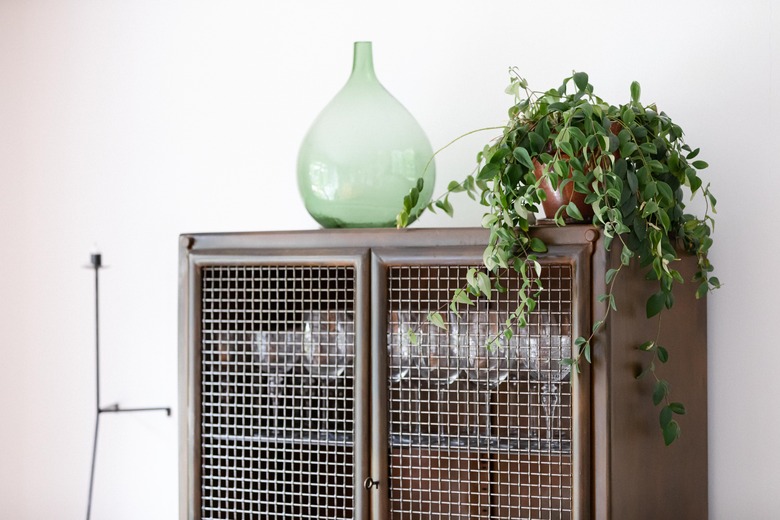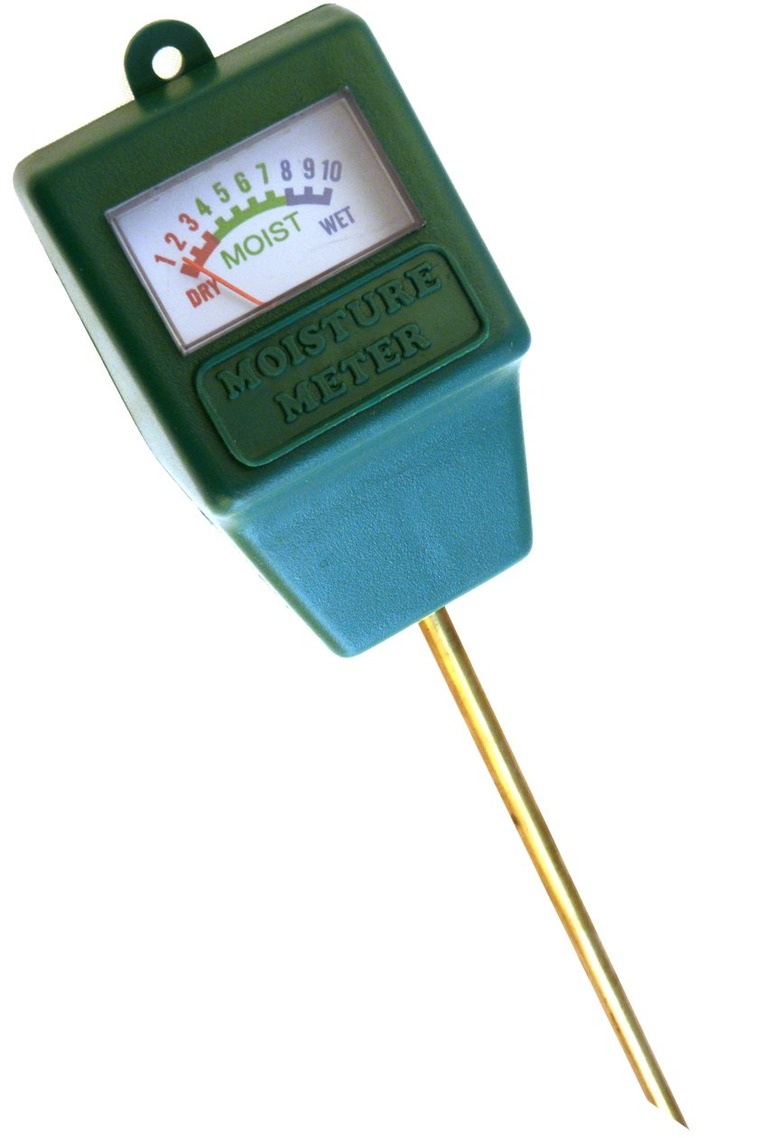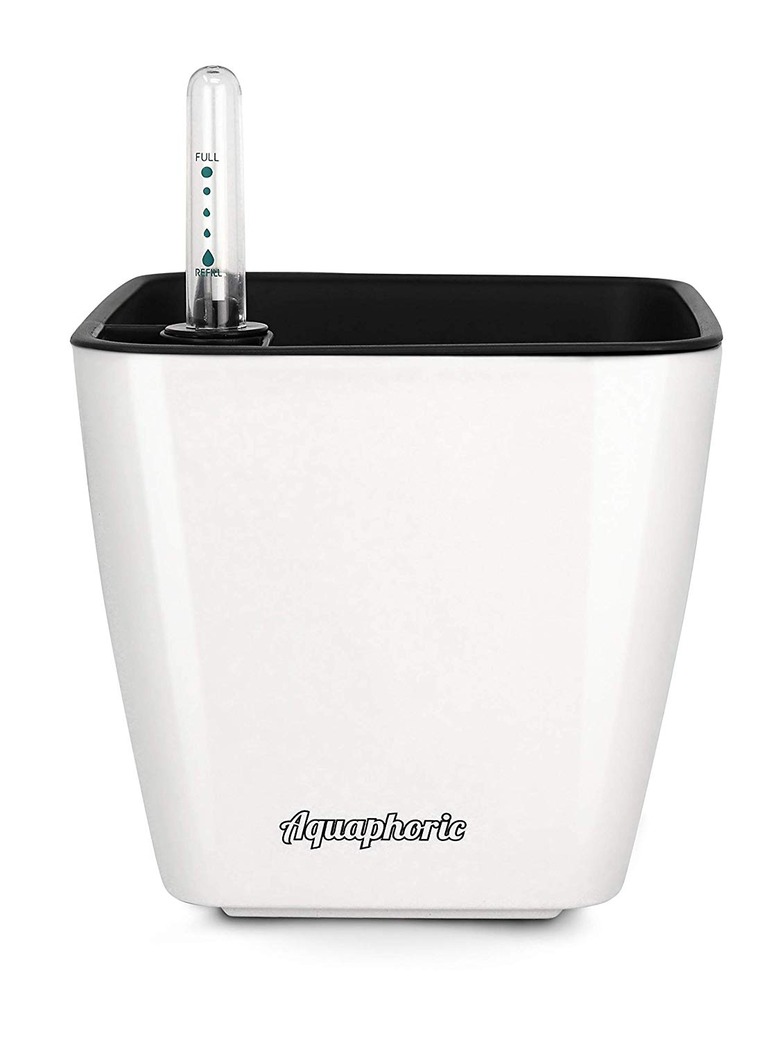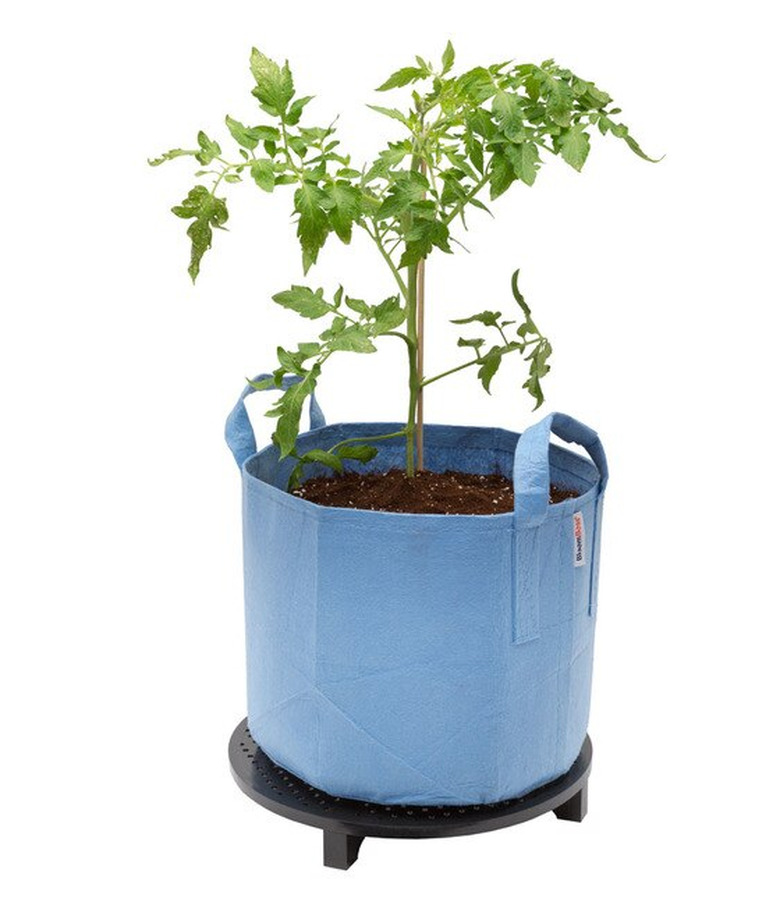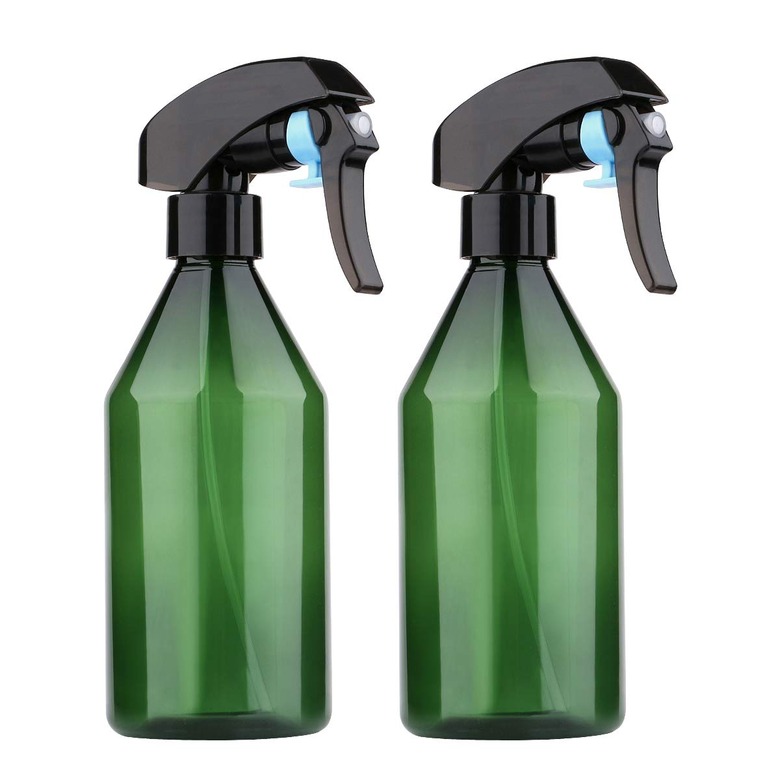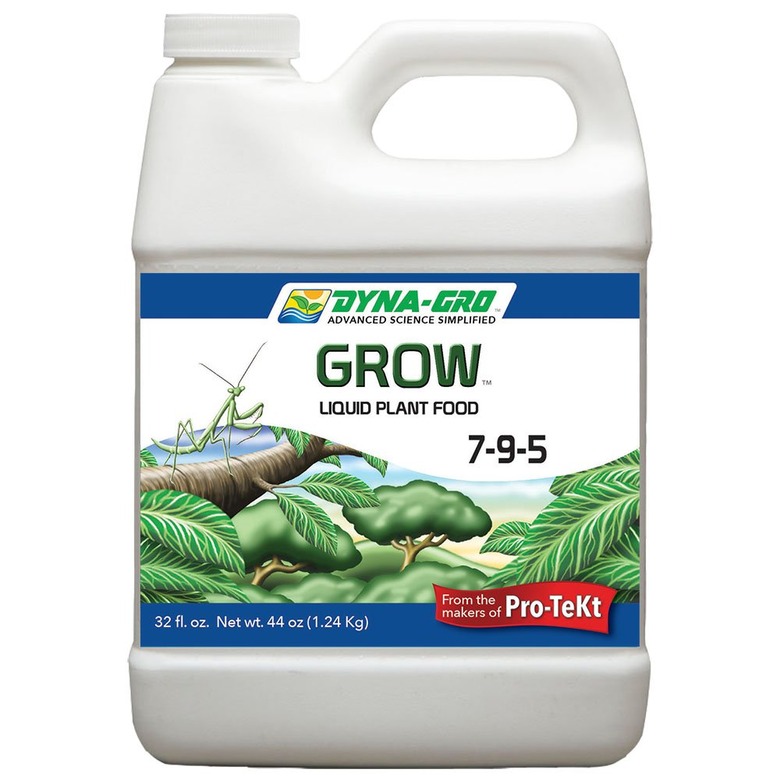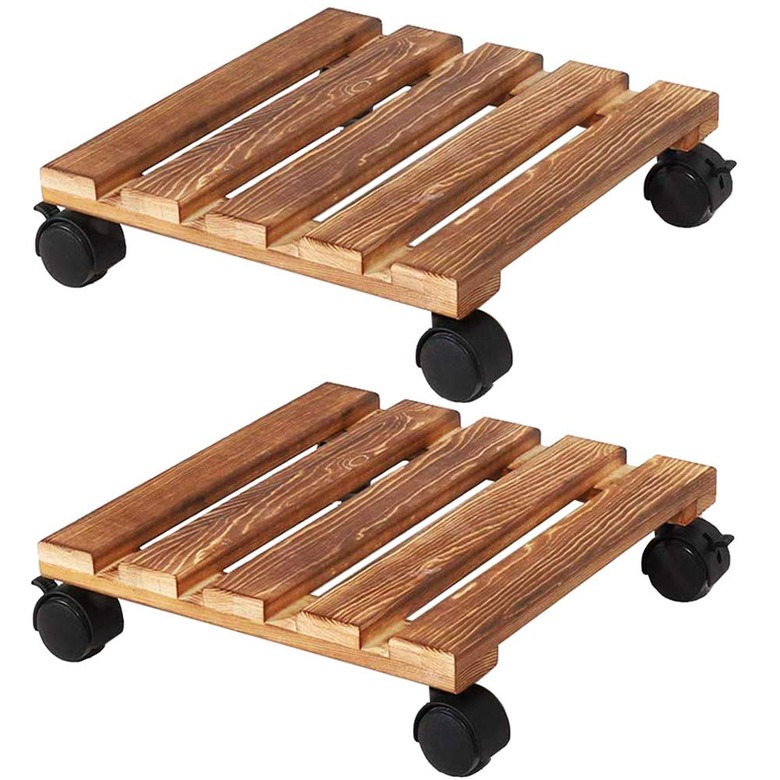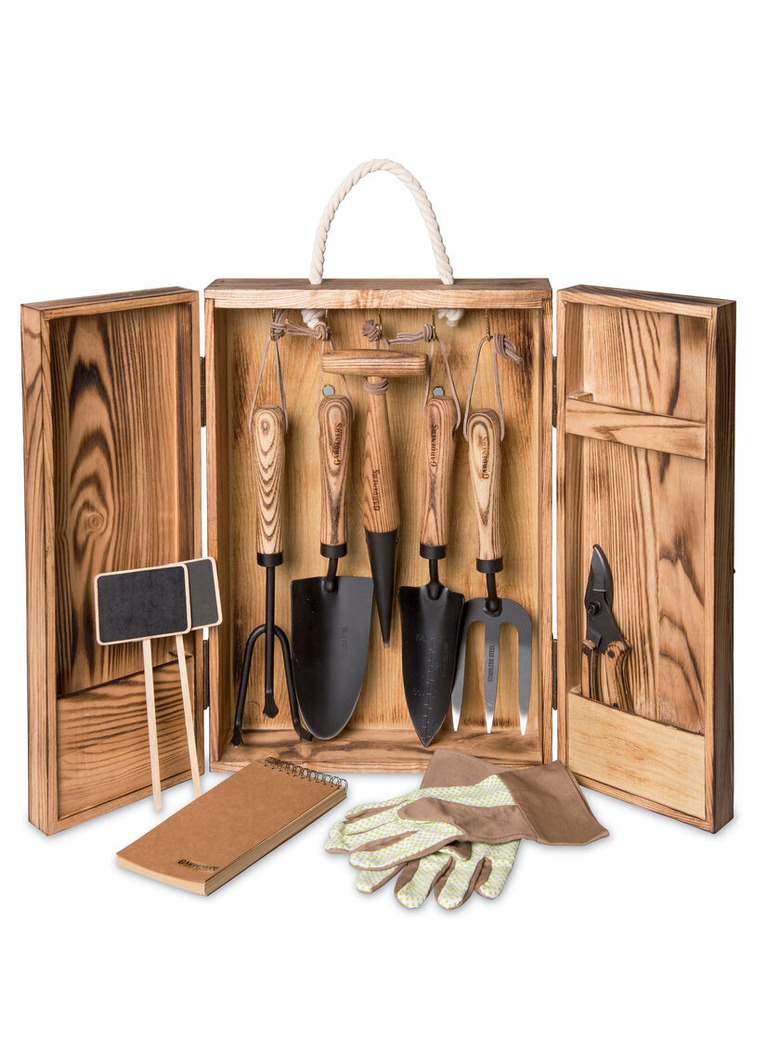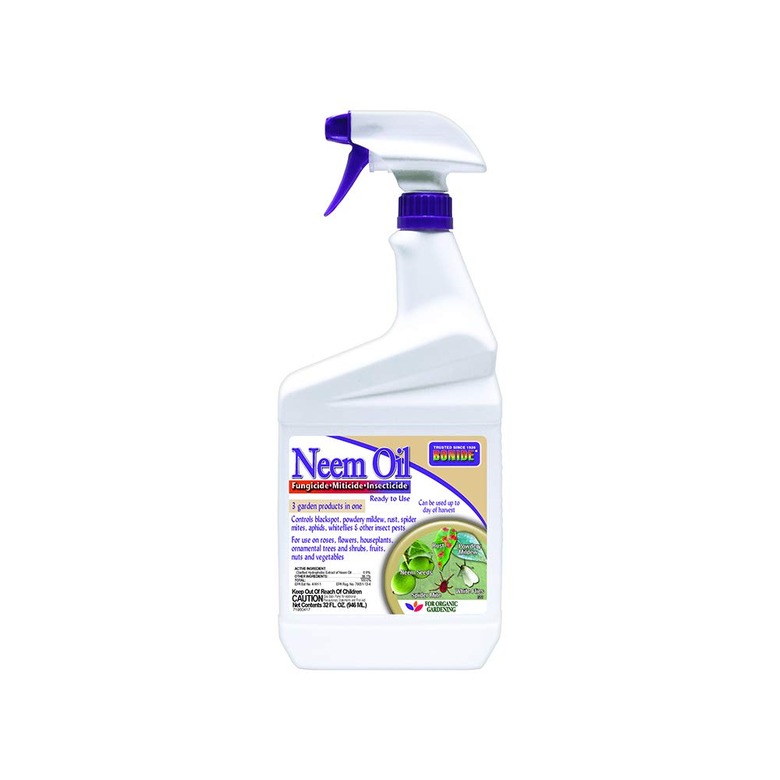Products You Need To Keep Indoor Plants Healthy
We may receive a commission on purchases made from links.
Let's get this clear right away: You don't need fancy gadgets to help your indoor plants thrive. Anyone who loves houseplants can fill a house with appropriate species and keep them healthy without investing a fortune.
But all plants have certain growing requirements, like water, nutrients, sunlight, and occasional insect pest help. As a plant owner, the duty to supply these falls to you. If you are short of time or know-how, there are products out there that can help simplify your work. Here are eight that we love and you may find helpful too:
1. Moisture Meters
1. Moisture Meters
The idea behind watering houseplants is not difficult to understand: every plant needs water to survive and those in the house won't get any rainfall. But that's not the end of it. You need to water, but too much water and your plants will develop fungal diseases or root rot.
Here's where a moisture sensor meter can help. This simple, stick-in-the-soil tool offers a solution to the overwatering/underwatering conundrum by letting you know the humidity of your houseplant's soil. Many offer an easy-to-read gauge, so you can see at a glance whether the soil is too dry or too wet and when its time to water your plant.
One to try: The Moisture Sensor Meter Soil Water Monitor from New Resources Group. It's lightweight with an 8-inch metal stem and doesn't require a battery or electricity.
2. Self-Watering Planters
2. Self-Watering Planters
If you travel often, worry about neglecting your plants, or are just lazy, you might want to consider self-watering pots. These products take the guesswork out of watering. How much to water? How often? Let the pot take care of it.
Self-watering planters contain a reservoir system or drip sub-irrigation system that gives a plant water when it needs water. Usually this is done via a simple irrigation system in which a container sits under the pot to catch and store excess water. The top of the container has a screen that lets the plant's roots grow through to take up water from the reservoir through wicking, or "capillary action," which hydrates the growing soil on an as-needed basis. This continual watering system gives your plant the life-sustaining moisture it needs to stay fresh and flourishing.
One to try: We like the Aquaphoric Self-Watering Planter. It comes in many colors and has a handy water-level indicator to tell you when you need to add more water. Since the water lasts for weeks, you can go on vacation without a care.
3. Plant Platforms
3. Plant Platforms
Most indoor plants don't like to sit in water. They require well-draining soil and containers with drainage holes. Plus, if water gathers in the saucer you place under the pot, you have to empty it so your plant is not sitting in a little lake.
Plant platforms help with that last part. They sit in the saucer and raise the bottom of the container up and away from that "lake," avoiding dreaded fungal issues, root rot, and other problems. You'll want a platform that is sturdy enough to support the pot.
One to try: Clean Roots Plant Platform. These award-winning plant platforms come in two sizes: 8-inch and 15-inch, both 2-inches tall. They are sturdy enough to support a heavy plant pot.
4. Plant Misting Tool
4. Plant Misting Tool
A plant misting tool (aka mister) is a great item to keep in the house. If you spray the leaves of your moisture-loving plants, you increase their humidity level temporarily. Misting also helps keep those leaves fresh and clean. Be sure to use room-temperature water low in minerals. Never mist when the plant is in full sun.
One to try: Yebeauty Plant Mister. It is possible to buy gorgeous, fancy sprayers, but save your money. None are any better for your houseplants than the cheap ones you can find at a plant or hardware store.
5. Indoor Plant Food
5. Indoor Plant Food
In order to thrive, your houseplants need "food" — that is, nutrients critical to plant health. Plant fertilizers contain the three main nutrients plants require: nitrogen, phosphorous, and potassium. Nitrogen helps with foliage growth, phosphorus helps with root growth and flowering, and potassium helps the plant fight disease.
The percentage of each nutrient is identified on the container by the three numbers (for example, 10-10-10) on the fertilizer package, listed in this order: nitrogen, phosphorus, and potassium. Most plants do well with a well-balanced fertilizer that contains fairly equal amounts of the three nutrients. You'll want to buy something that is water soluble and be conservative in its application.
One to try: We prefer Dyna-Gro Liquid Grow Plant Food 7-9-5 to fertilizers with higher percentages of the nutrients, since it is so easy to overfertilize. Dyna-Gro works well for all container houseplants, and the lower soluble salts and slightly higher phosphorus make it work for plants like African violets and orchids too.
6. Rolling Plant Stands
6. Rolling Plant Stands
If you have big houseplants, tall ones or heavy ones, rolling plant stands come in handy. For example, a corn plant that stands taller than you are can be moved to a site with more or less light without straining your back or arms. You can wheel large ferns or potted Meyer lemon trees out to the patio on summer afternoons without asking for help.
One to try: Moutik Plant Caddy. While you can buy plants stands on wheels, it's cheaper and just as easy to just buy the rolling caddies, and you won't have to change them when it's time to up the size of the pot. Be sure to buy something sturdy and test out the rolling action before you sign on the dotted line.
7. Indoor Plant Tool Set
7. Indoor Plant Tool Set
If you repot or prune your indoor plants, you'll do well to keep a garden tool set to help out. Digging in container plant soil requires smaller tools than the hoes and shovels you use in the backyard veggie plot.
The most useful tool for indoor plants is probably a hand fork, so useful for breaking up compacted top soil. But a hand pruner and a hand rake or cultivator come in close second.
One to try: If you feel like splurging, get all of these and a few other important tools together in the Complete Intervale Garden Tool Collection. It includes six important hand tools: cultivator, trowel, transplant trowel, fork, dibbler, and pruners as well as gloves and a notebook. All come in an appealing pine storage case.
9. Neem Oil
9. Neem Oil
Neem oil spray is made from the seeds of the tropical Neem tree. It is a truly remarkable, multipurpose pest-control spray that works well on insects that frequent houseplants. These include aphids, spidermites, mealybugs, and scale.
But that's not all. If your plants come down with fungal issues like powdery mildew, a spray of Neem oil saves the day.
One to try: Bonide Neem Oil. Nobody who keeps houseplants should be without a bottle.
